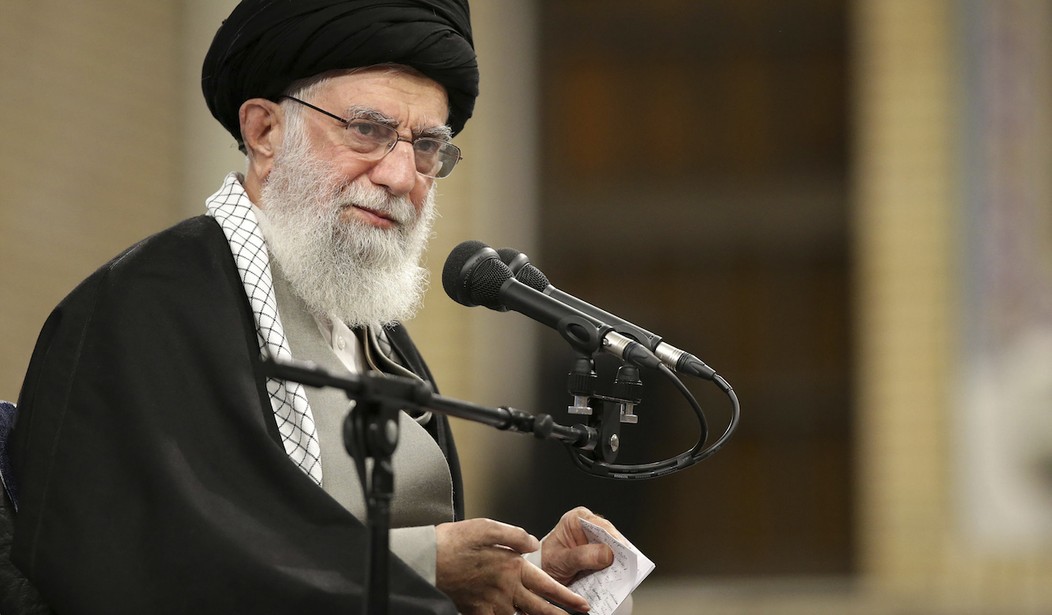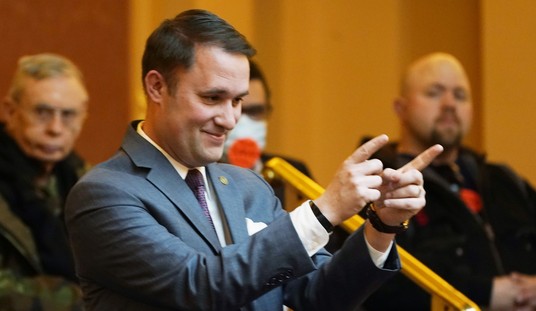The Iranian regime is completely mired in domestic and international crises. According to experts, the extent of such crises is so broad and profound that it could facilitate the regime's collapse in the near future. To derail this inevitable destiny, Supreme Leader Khamenei is trying to unify the regime and close all possible gaps and differences. By meddling in the June 2021 presidential election in Iran, Khamenei intends to install the president of his choice and bring all instruments of power in Iran under his helm and control. By doing so, Khamenei thinks his plans for suppressing any possible uprising in Iran, his support for regional terrorist groups such as Hezbollah and the Houthis, and his intention of obtaining an atomic bomb will ensure the survival of his regime.
Throughout the 32 years of Khamenei's reign as the supreme leader, practically all important decisions have been made by Khamenei himself, with the president not playing a decisive role in the country's strategic decisions. In Khamenei’s view, the president is just a scapegoat for his shortcomings and the one who is blamed for the regime's failures. A case in point is the 2019 uprising in Iran, which eventually led to the bloody crackdown and killing of more than 1,500 people by the Revolutionary Guards, that took place due to a 300 percent increase in fuel prices. The extent of the fuel price increase was fully endorsed by Khamenei, who also rejected the MPs vote in parliament to return the price to the previous amount to avert further uprisings. Still, he blamed the fuel increase decision on the heads of the executive, judiciary and legislature, stating that it was their collective decision, and he had been obedient to their discretion.
In another case in point regarding the JCPOA, although neither President Rouhani nor Foreign Affairs Minister Zarif was allowed to sign the agreement without Khamenei's approval, he tried to shy away from his role in allowing the talks as soon as the JCPOA began to show signs of ineffectiveness for the Iranian regime. Khamenei blamed the Rouhani government for the agreement and stated that he had said from the beginning that America should not be trusted.
Recommended
The main issue for Khamenei is neither the dispute over the JCPOA nor the disagreement with his own presidents; rather, he clearly knows that the economic crisis, corruption, unemployment, poverty, and people's dissatisfaction with the regime is increasing and more major uprisings are waiting to happen, which could lead to the regime's collapse. Khamenei is in search of finding ways to prolong the life of his regime on the one hand, and, on the other, not losing his supremacy and grasp on major internal and international decisions.
To achieve these goals, on the international front Khamenei blames western countries, particularly the United States, and on the internal front, blames the government authorities and the president, who in reality was not elected, but selected. Regardless of the fact that all the previous presidents, such as Khatami and Ahmadinejad, etc. were all in agreement with Khamenei in suppressing people and expanding the apparatus of oppression throughout Iran and the export of terrorism, Khamenei is not completely satisfied and intends to install a new president that is totally loyal to him and in line with his suppressive internal and international policies.
Khamenei now faces the most difficult challenges of his rule. On the one hand, due to mismanagement and widespread government corruption, which has led to the worst economic situation in Iran in the last 42 years, so that more than 60 percent of Iranians now live below the poverty line, and on the other hand due to widespread repression of civil liberties and human rights, the regime has constantly been confronted with public protests and uprisings in all the cities of Iran. During the large-scale uprisings of 2017/2018 and November 2019, the people expressed their disgust with all factions of the regime and, with slogans against both the so-called reformists and fundamentalists, called for regime change in Iran. In last year's parliamentary elections, the people made it clear that they wanted to change the regime, by boycotting the elections.
According to some sources, the number of eligible voters who actually voted in different cities was between 2 percent and 15 percent, and almost all of them were those who were somehow affiliated with the regime. Internationally, the Iranian regime is in complete isolation. Because of US sanctions, it has lost its ability to provide the same financial support for its terrorist proxy forces in the region as before and this is also adding to the pressure. In his last message on the occasion of Nowruz on March 20, Khamenei seized the opportunity to voice his wishes and expectations for the upcoming Iranian presidential election. In the parliamentary ‘election’ of last year, widely boycotted by the people of Iran, he managed to get mostly those loyal to him elected. As a result, one of his closest allies, Qalibaf, was chosen as the parliament's head.
Khamenei would like to do the same for the presidential election. He wants to install a president who is 100 percent loyal to him and his policies. Had Qassem Soleimani not been killed more than a year ago, he would no doubt have been Khamenei's choice for president. In his recent speech, Khamenei talked about the attributes of his choice for president and warned that there should not be any kind of polarization regarding the elections. In this way, Khamenei is all but ordering the Guardian Council to disqualify any candidates not loyal to him. On the surface, it seems there is a power struggle between different factions within the regime. But the reality is the very rooted war between the people and the ruling regime of Iran, which has made next year a decisive year for Iran.
The people of Iran are extremely dissatisfied with the regime, and their patience has reached the brink of explosion, seeing no prospect of improving the current situation. Regardless of who the next president of Iran may be, the extent of Iran's social and economic situation is so bleak that it is impossible to see any remedy being found within this regime. As a result, it seems inevitable that the coming year will witness important events and developments in Iran.
Cyrus Yaqubi is a Research Analyst and Iranian Foreign Affairs Commentator investigating the social issues and economy of the middle east countries in general and Iran in particular.
























Join the conversation as a VIP Member